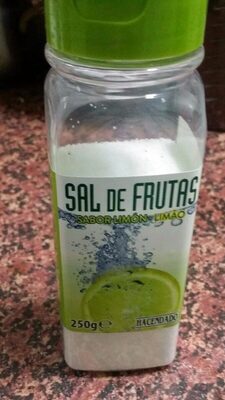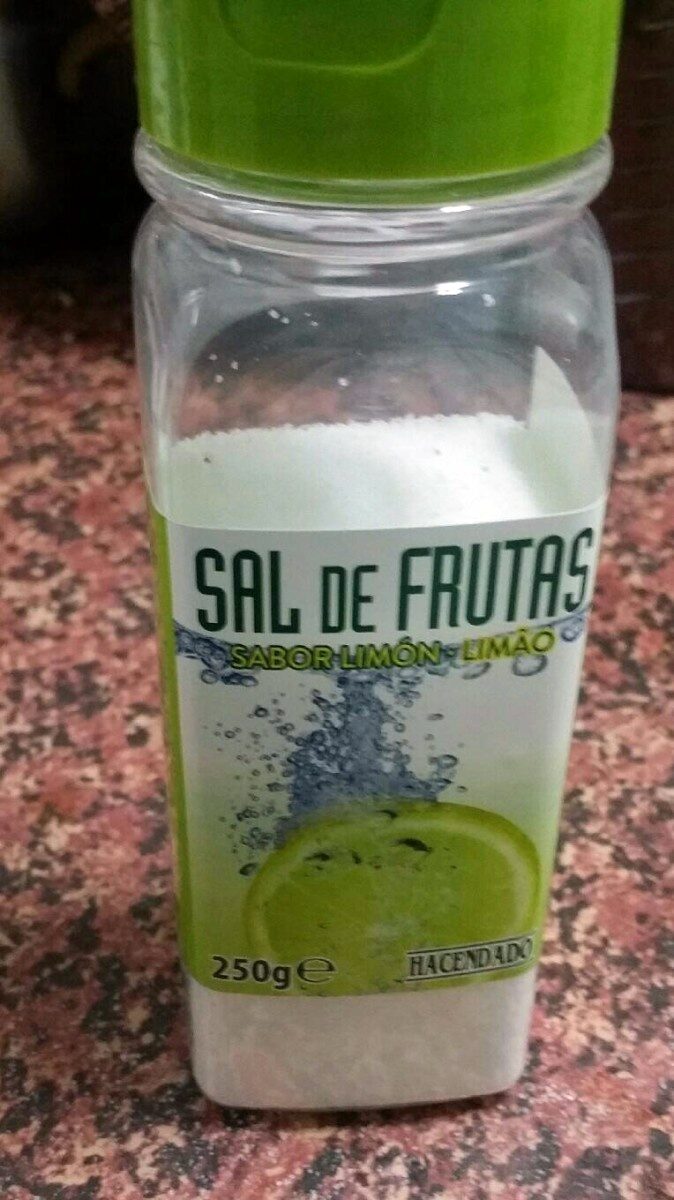Sal de frutas sabor limón - Hacendado - 250g
Aquesta pàgina del producte no està completa. Podeu ajudar a completar-la editant-la i afegint-hi més dades a partir de les fotos ja disponibles, o fent-ne més amb l'aplicació de androide o iPhone / iPad. Gràcies!
×
Codi de barres: 8480000290168 (EAN / EAN-13)
Nom comú: Producto sólido en polvo para preparar bebida refrescante aromatizada sabor limón, con edulcorante
Quantitat: 250g
Empaquetament: es:Green Dot
Marques: Hacendado
Categories: Condiments, Sal, en:groceries
Etiquetes, certificacions, premis:
Punt verd, Amb edulcorants
Botigues: Mercadona
Països on es va vendre: Espanya
Matching with your preferences
Entorn
Petjada de carboni
Empaquetament
Transport
Report a problem
Fonts de dades
Producte afegit per kiliweb
Última modificació de la pàgina del producte per alia.
La pàgina del producte, també editada per elcoco, openfoodfacts-contributors, roboto-app, thaialagata, yuka.RnFJN0tZOWNpdllVdE0waTNCRE8wZFZVeGNlVmJVZTBMTEl1SVE9PQ, yuka.U3BBYVBLc3htOW9MeDlvQzdpUFAySWxzL0pTcmMwS3lBTzFBSVE9PQ, yuka.UjZCYlRLRUtyNkV5c1BjZjN3SFA2KzE2NWJheVZ6aWNLc0VKSWc9PQ, yuka.WDRJYU42UVRxOXBYeHM4VG9TMzIzK0pKOTdtclFVZU5OK0JCSVE9PQ, yuka.WEs0T0dma0JtTlJSdXZNKy93emUwSU5reTdXZ2JWdXhMOVVySVE9PQ, yuka.YjVoUU5xMWNpYUJXdU0waTREanN5TzVsMkxxZ1R6MmJGOE05SUE9PQ.







